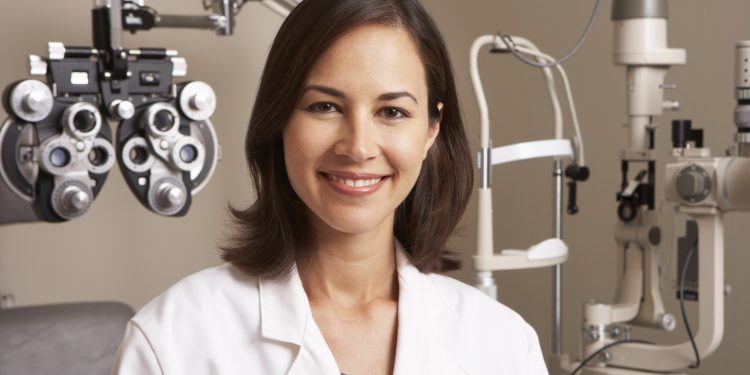The human body's eyes are invaluable. They allow a person to see different colors, people, and places. Also, they're convenient for keeping someone safe from situations that can potentially bring harm. Given how great these tiny balls are, how do they work?
A person can see because the eyes' cells called photoreceptors convert light beams into electric signals, enabling them to transport into the Retina, Optic Nerve, and Brain. The Occipital Cortex, also known as the brain's vision center, processes the electric signals they receive into images. It's incredible to think that the process happens instantly despite its complexity.
As fantastic as they may be, it's not always day and sunshine for the eyes. Over time, like other organs, they'll decline as individuals age. Eye doctors from medical institutions like Clearly Eye Care determined that some eye illnesses can make someone's eyesight blurry or permanently blind.
What Is An Eye Doctor?
Aside from eating nutritious food and having a healthy lifestyle, getting an eye doctor is essential to keep your eyes in good shape. They're healthcare professionals trained to diagnose and treat eye illnesses. Their extent may depend on the field they're in:
- Ophthalmologists- They're doctors in medicine specializing in eye care. Their expertise allows them to handle all kinds of eye disorders, perform surgery for severe eye illnesses like cataracts, and perform eye diagnostics.
- Optometrists- They're optometry doctors, including optical and medical eye care. They can diagnose eye illnesses and treat them as well. For most surgeries, they assist ophthalmologists.
- Orthoptists- They're eye doctors specializing in the musculoskeletal system. They're focusing on diagnosing and managing eye movement. They also treat illnesses like binocular vision disorder. And they may assist ophthalmologists during surgery and teach aspiring eye care professionals.
Two Tips In Choosing The Right Eye Doctor
Choosing a healthcare professional can be tricky. Consider checking out these tips to get the right eye doctor for you:
- Choose The Eye Doctor Registered To Your Health Insurance
Eye treatment can be expensive. An eye exam alone can cost around USD$150. Thus, health insurance can help its members from spending much in the form of network coverage after their member meets a certain amount either for their deductible or coinsurance.
- Deductible: It's the amount a member needs to meet before becoming eligible to network coverage. For example, if a member has a benefit coverage of 90% after deductible and their deductible is USD$400, the member needs to meet that amount. And once met, eye treatment sessions will be covered by 90% by the end of the year.
- Coinsurance: It's the amount a member needs to meet for the insurance to cover all expenses until the end of the year. Coinsurance includes member contributions to their deductible. Using the previous example, if the member meets USD$400 but not yet the coinsurance amount of USD$800, the member needs to add USD$400 more for the insurance to cover the subsequent treatment.
The insurance coverage and contribution last depending on what year the plan runs. It can be either the plan year, which runs from the day when the member availed of the insurance plan up to 365 days, or the calendar year plan, which runs from January 1 until the end of the year.
Network coverage can be classified as:
- In network: The benefit coverage of a member for healthcare professionals contracted to the insurance. They provide the most benefits, around 70-100% coverage, low deductibles, and coinsurance.
- Out of network: The benefit coverage of a member for healthcare professionals not contracted to the insurance. They provide lower benefits, around 40-60%, high deductibles, and coinsurance.
Consider choosing a doctor that’s in network with the plan to maximize your savings for eye treatment. You can check out the list of doctors contracted with your insurance by visiting their website for members or calling their customer service.
- Choose The Doctor That Your Physician Refer
Doctors can perform a diagnosis to determine what kind of eye illness you may have. Once they find out, they'll identify the eye doctor most suited to treat their condition if they're incapable of doing so. They'll give you information about that doctor you can reach out to while they send a copy of the referral to your insurance to ensure that the preferred physician can treat your illness.
A referral copy is also essential because insurance plans like exclusive provider organization (EPO) without open access to Aetna don't pay for healthcare professional services that don't have a referral. Insurances requiring a referral often require a written document indicating that a member's physician sent a referral for the servicing doctor within 21 days.
Conclusion
Eyesight is essential to the human body. Keeping it healthy may require professional healthcare aside from eating nutritious food and having a healthy lifestyle. And by following this article's tips, you can find the best eye doctor.
























